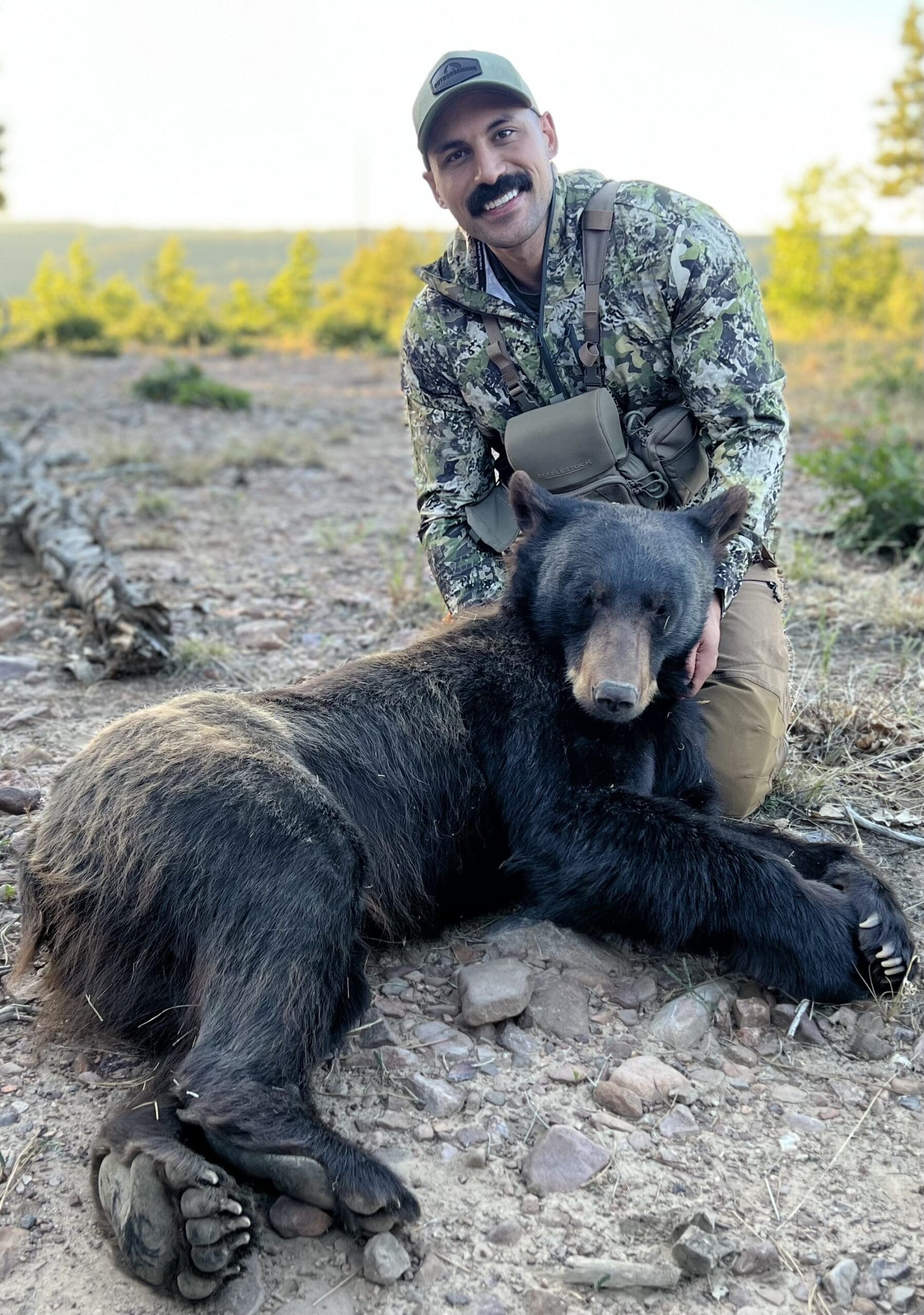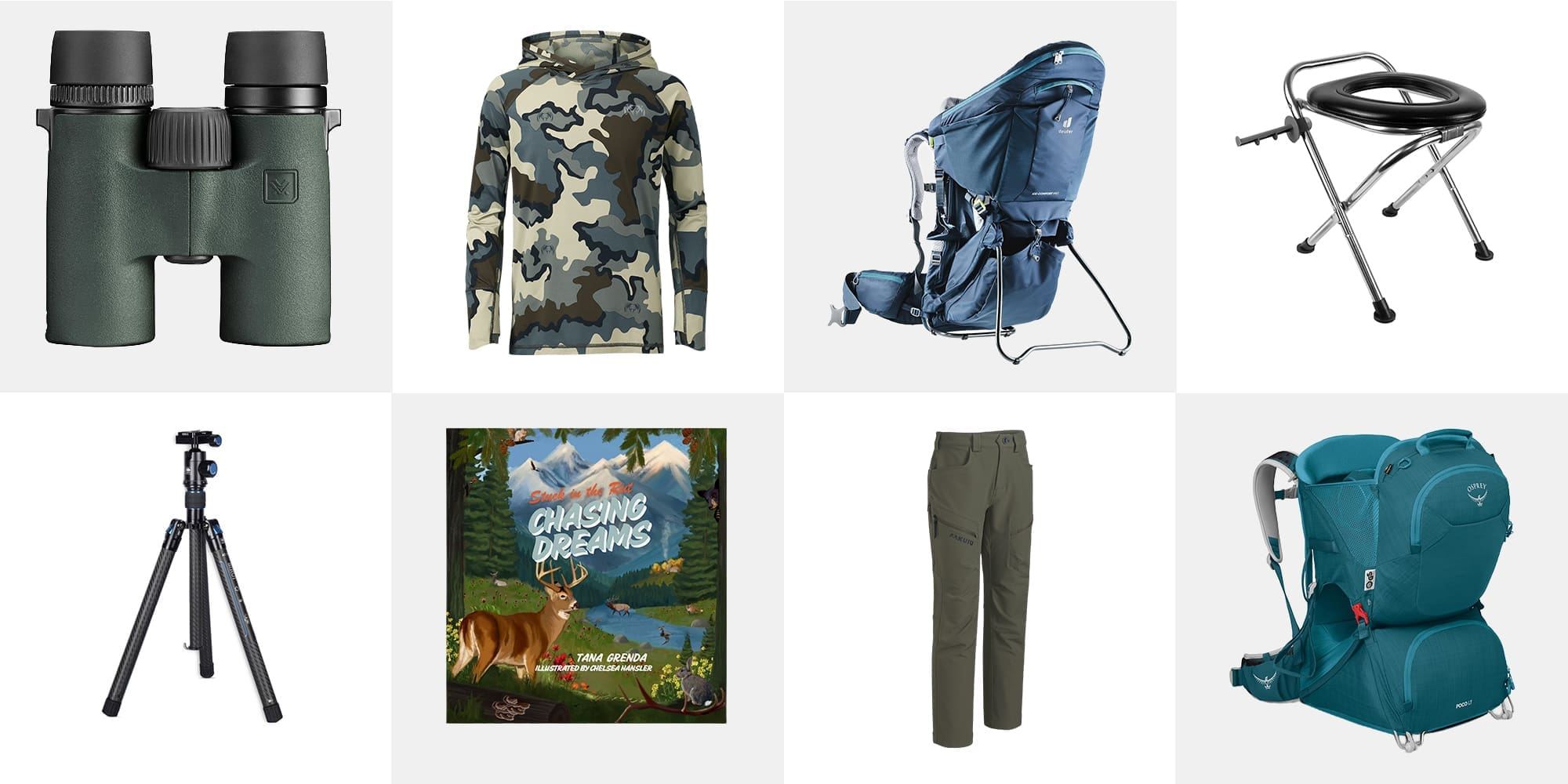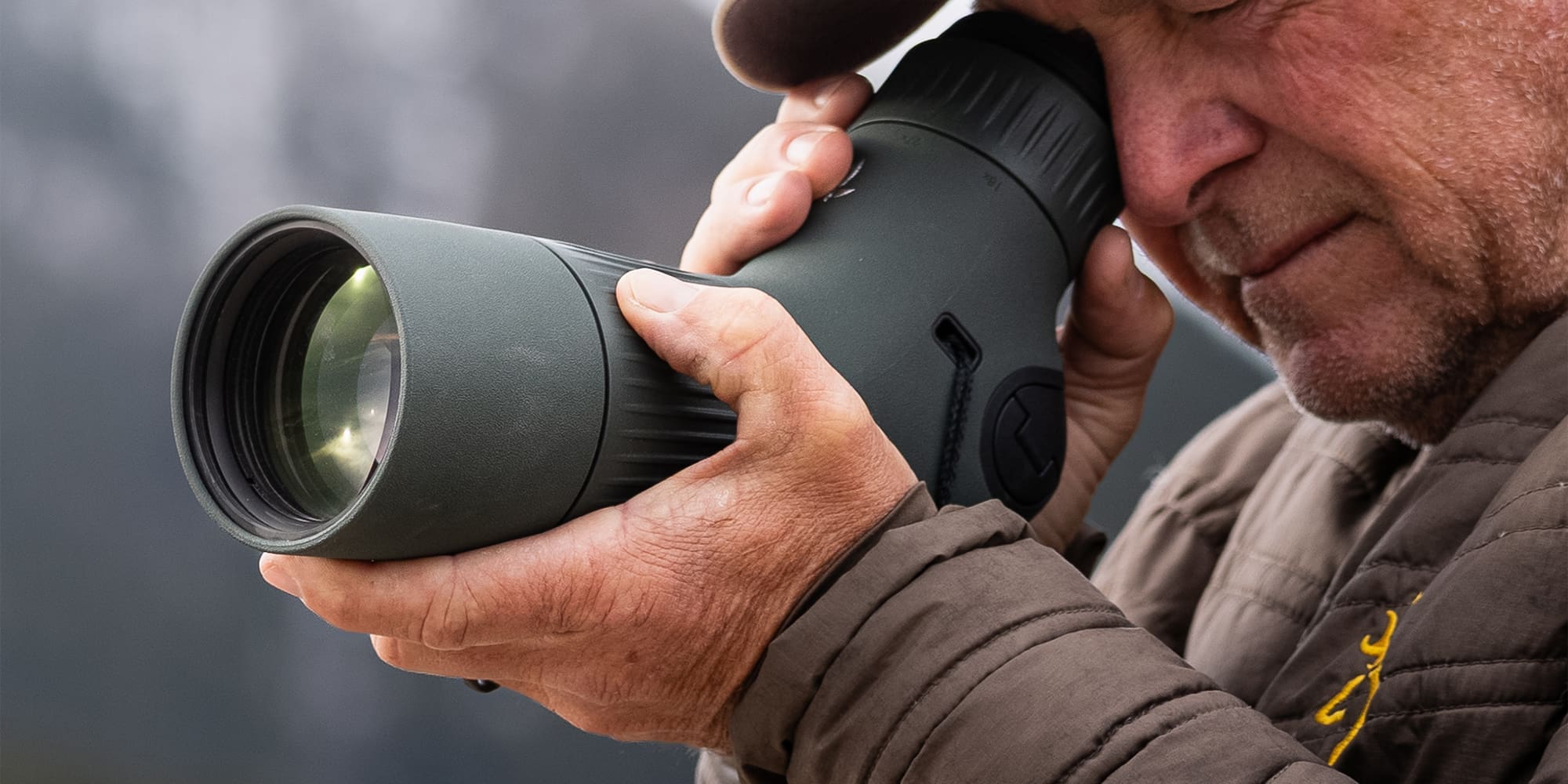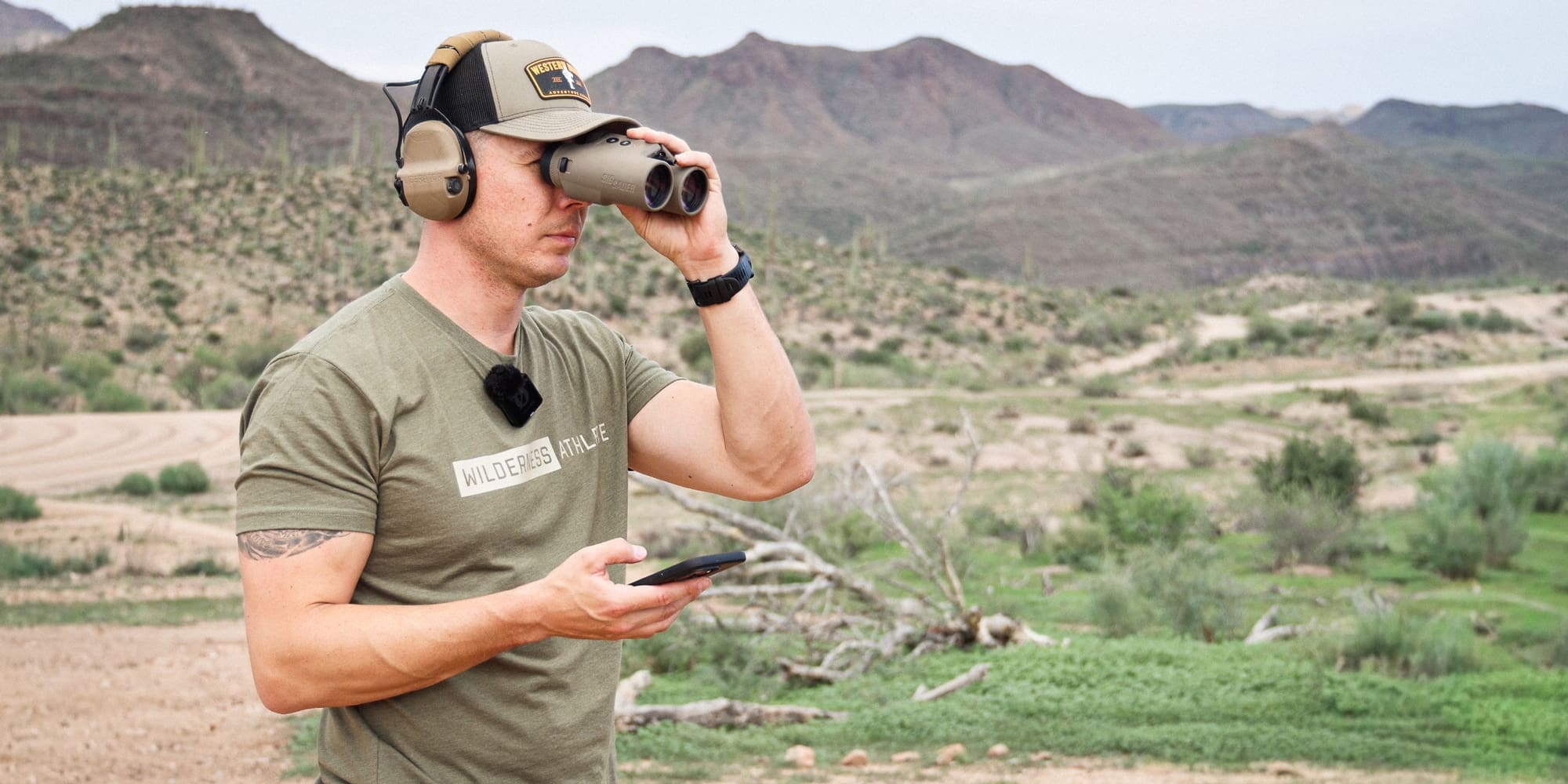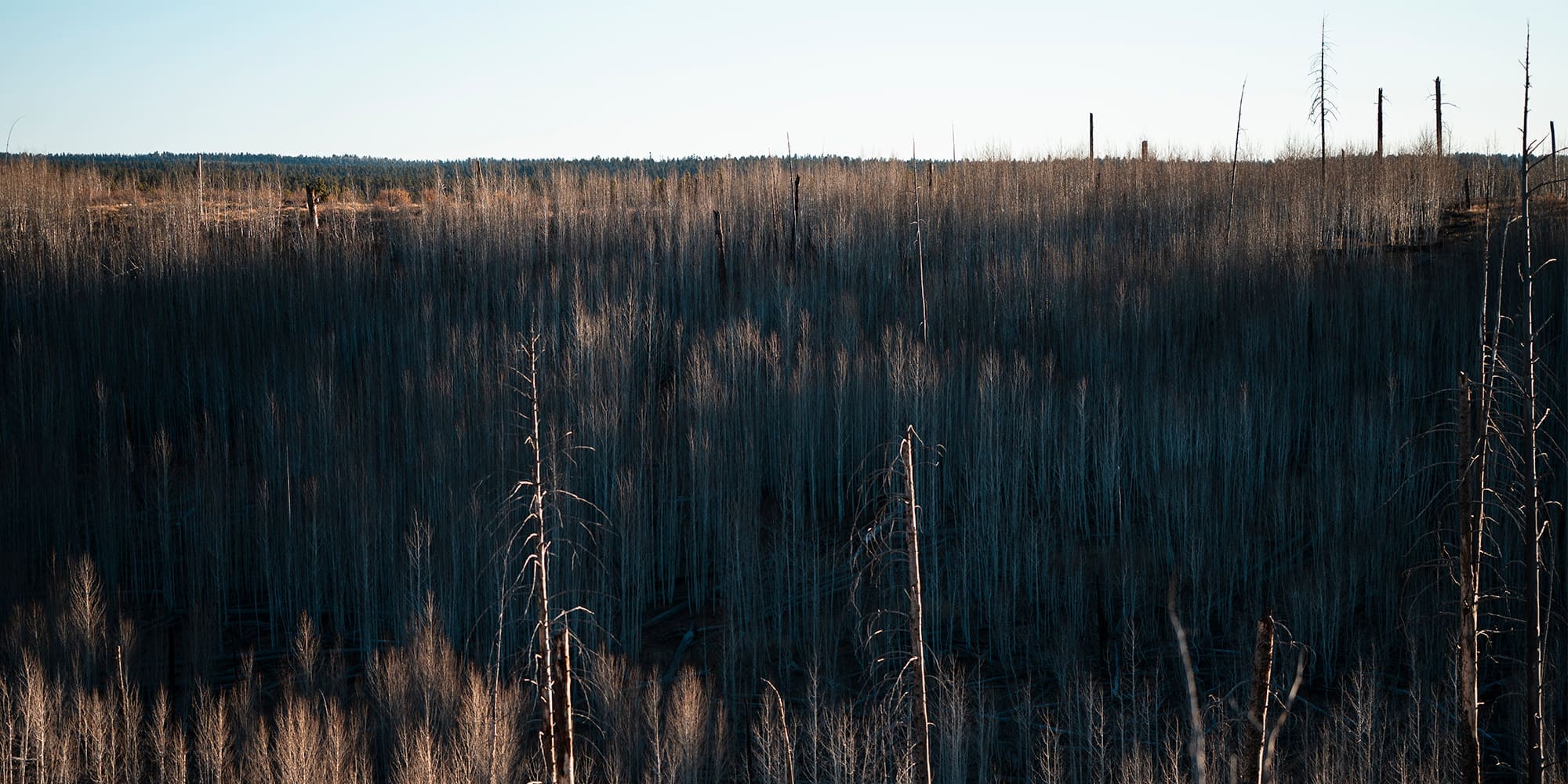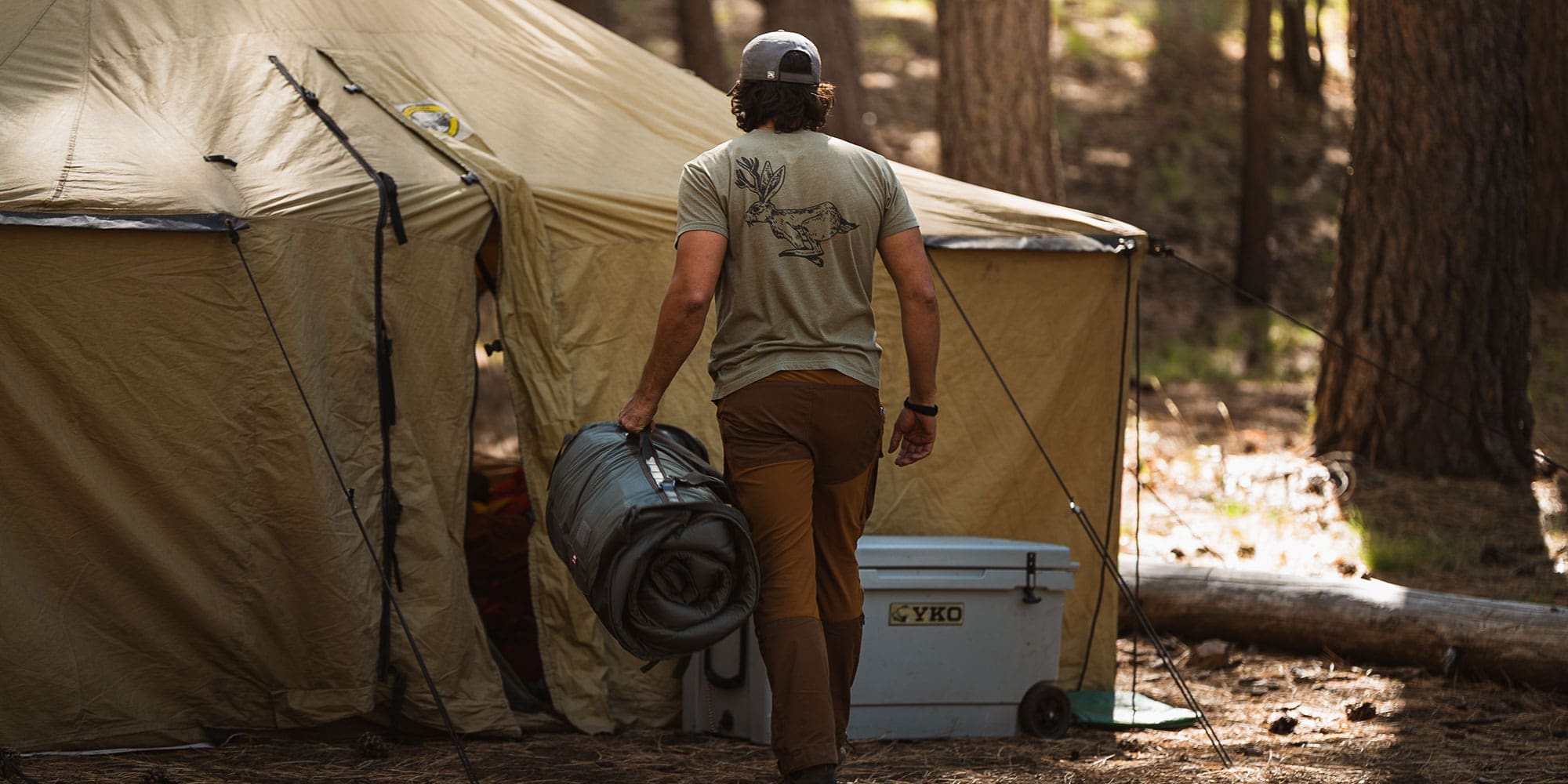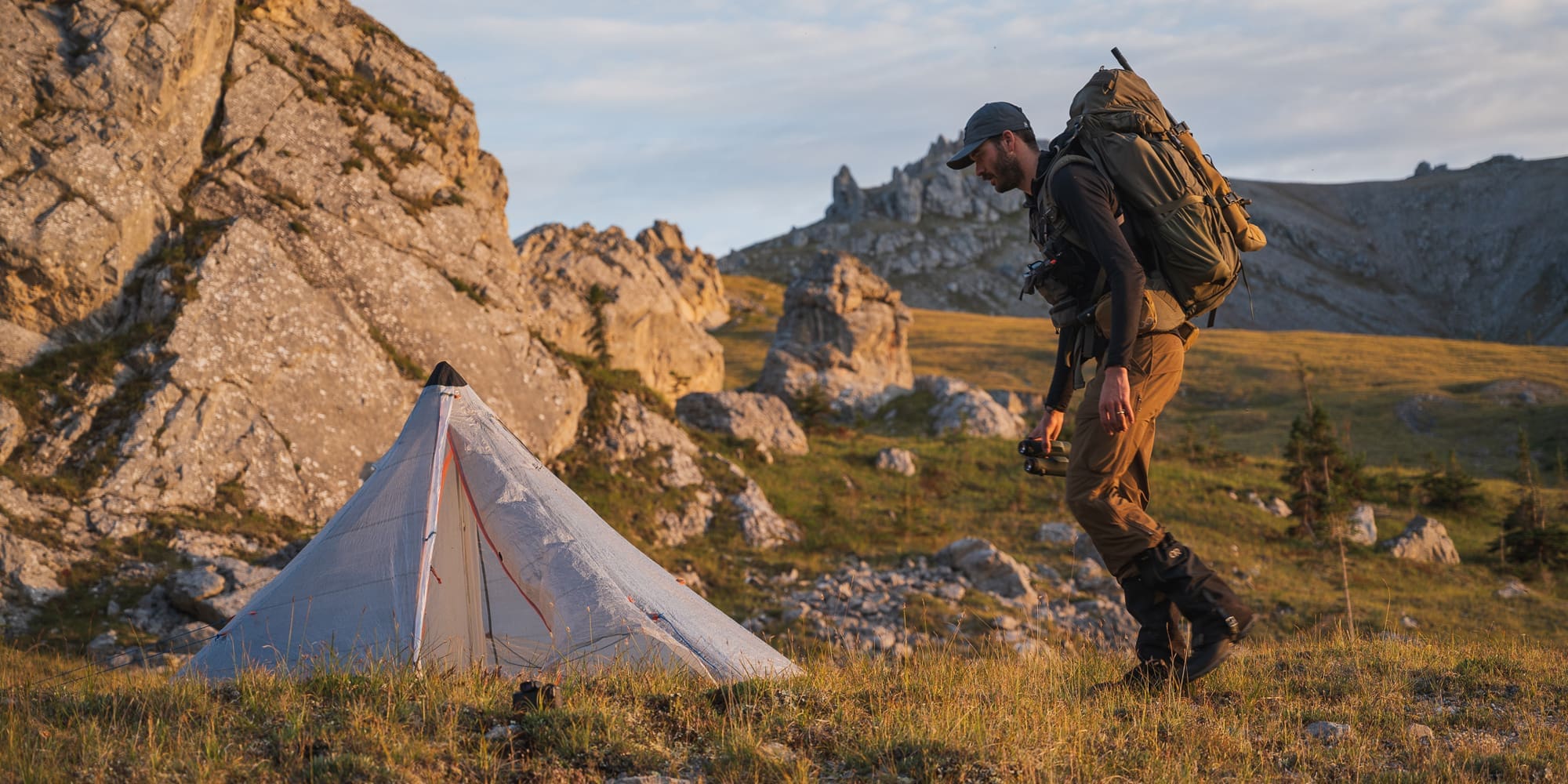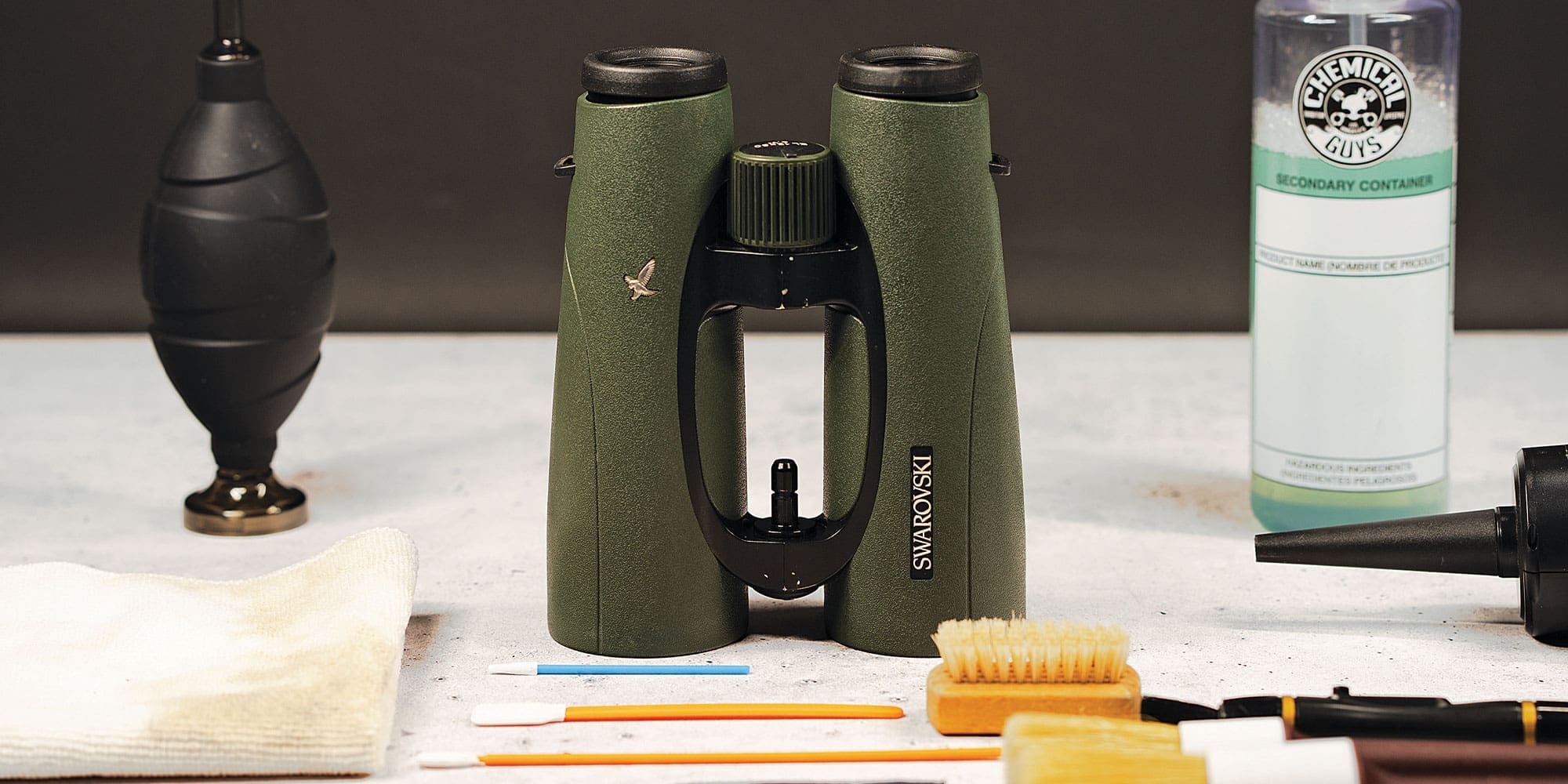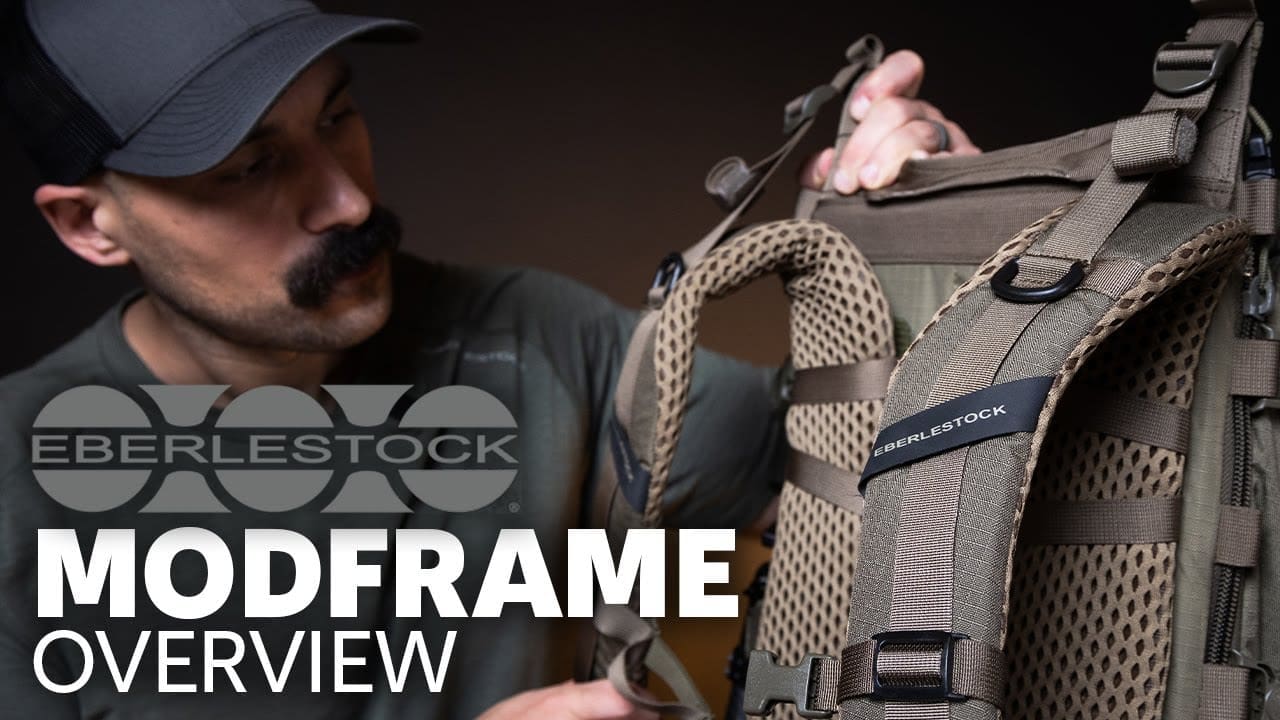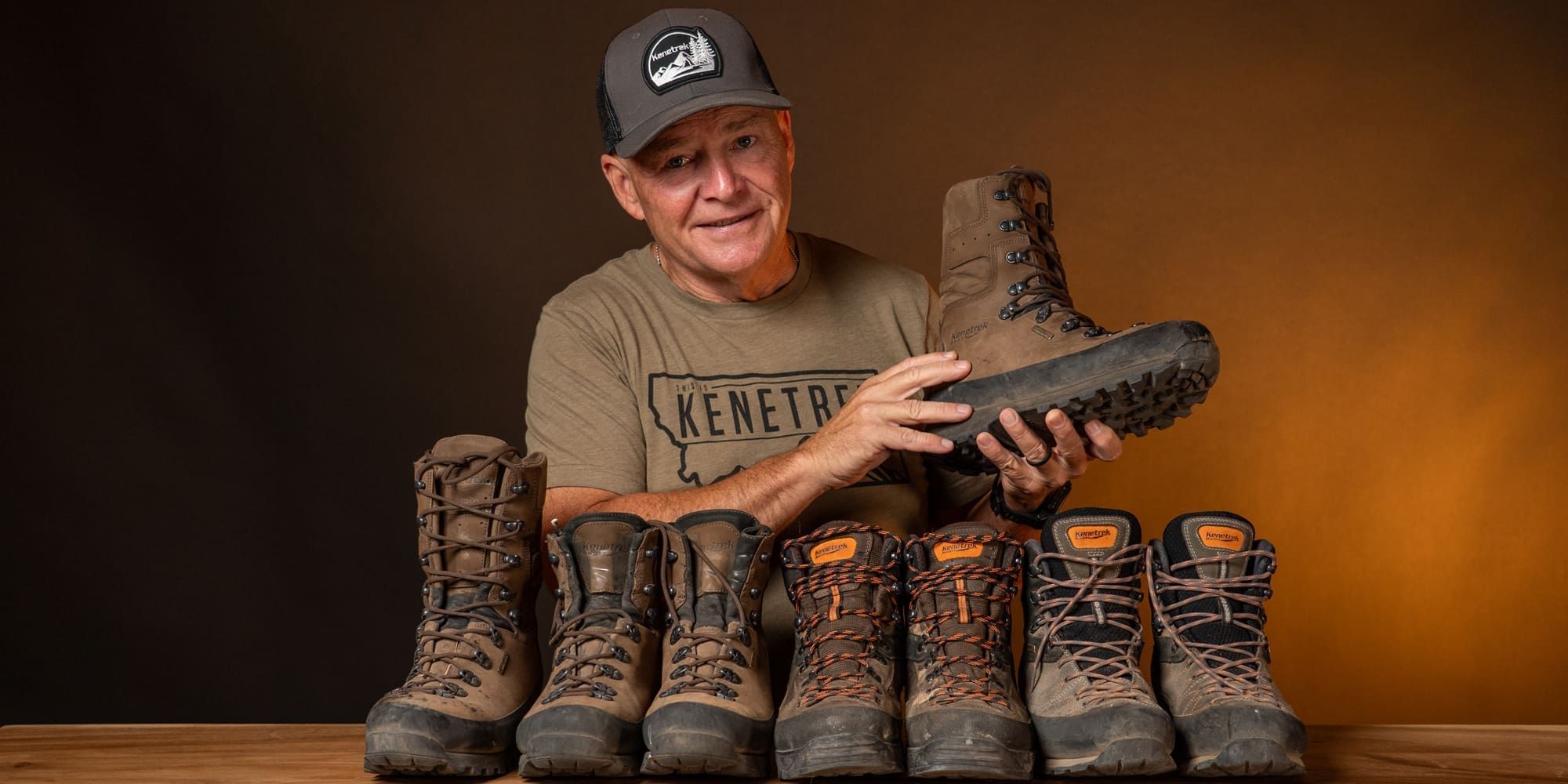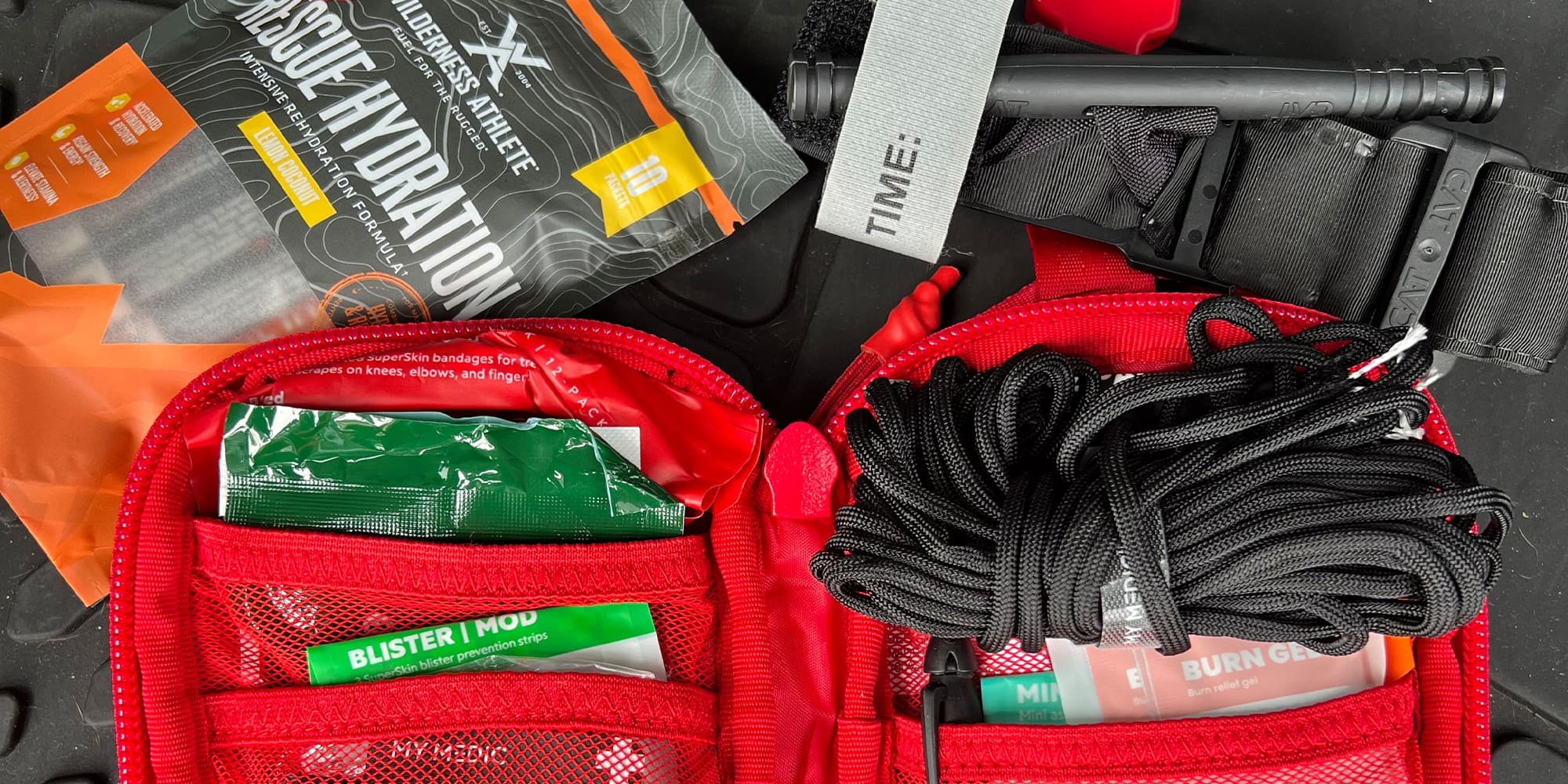
NOTICE: Certain links on this post may earn a commission for Western Hunter Magazine from Amazon or our other affiliate partners when you make a purchase. Thank you for your support.
How to Build the Perfect Med Kit
One of the most important things to keep with you at all times is a quality med kit. Whether you’re deep in the backcountry on a hunt, camping with the family over the weekend, or even just on a long road trip, you’re likely several hours and many miles away from the nearest hospital. When it comes to emergencies, a few minutes can be the difference, let alone several hours. That’s why I keep one in my car, one in my wife’s car, one at home, and a few travel backpacking options.
Now, there are a TON of options for med kits with many different sizes, brands, and target applications. However, what separates the majority of them is their quality, the organization (every second counts), and how well-rounded they are. Honestly, there is no Utopia when it comes to med kits, but there are some options that are pretty darn close. With a few additions and adjustments, I have been able to make them perfect for what I do.
If you have the time, patience, and budget, the BEST option is to purchase the things you want and create your own. But (*and this is a big, Kim-Kardashian-sized but) when you compile everything you’d want in a med kit, it is often much more expensive and time-consuming than buying one of the quality options on the market. These can get you about 95% there, and you can add/adjust to get it to be perfect for you and save a good chunk of money, especially when you’re buying several different med kits with different purposes.
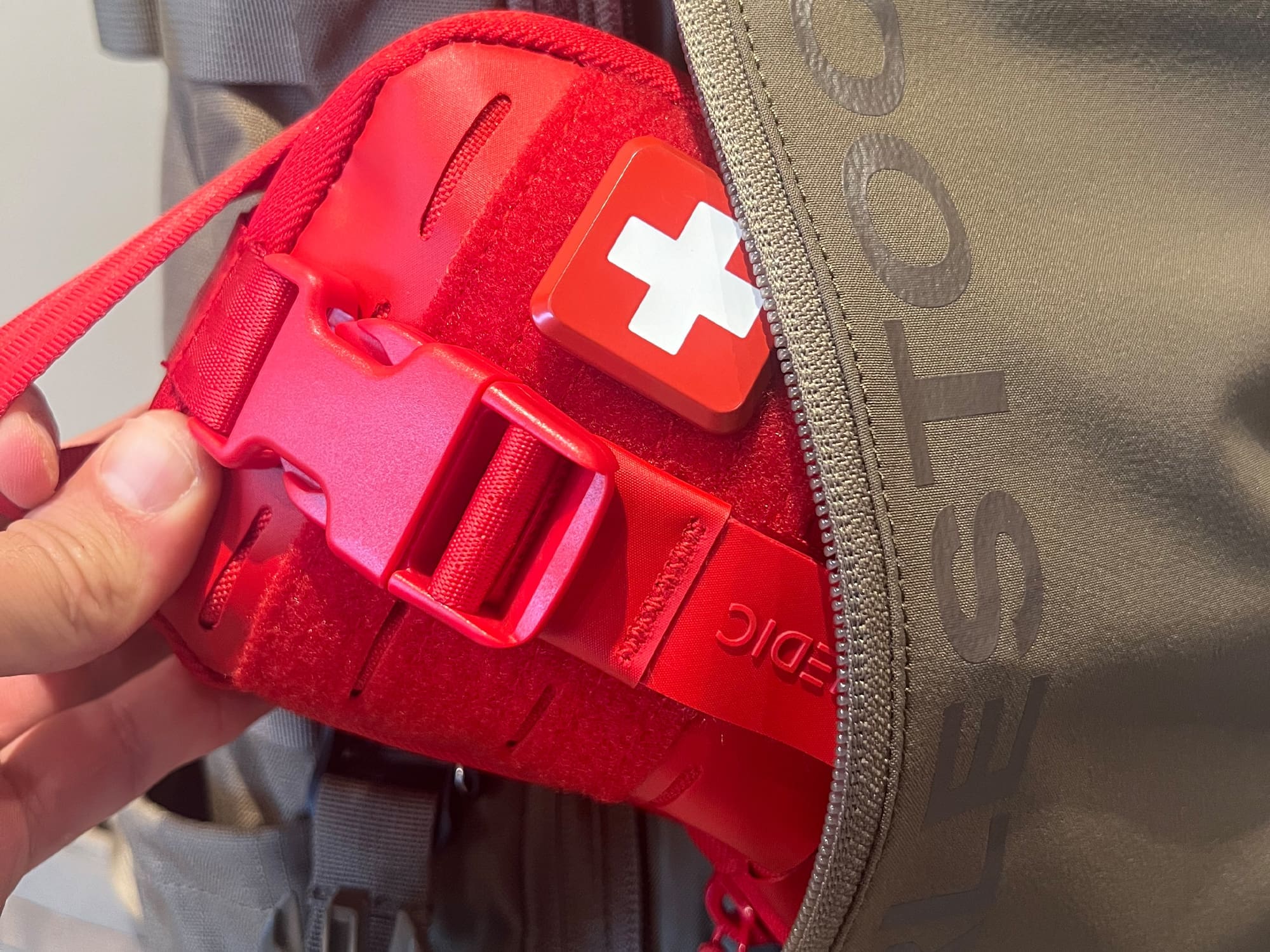
My Medic
The brand I primarily use is My Medic. I have used their stuff for a few years now, and I’ve never had an issue with any of the med kits I use. I’ve met them at trade shows and talked to them extensively about their products, and I’ve trusted their system for myself and my family. They have so many activity-specific med kit options available that I couldn’t possibly fit them all into this article, but for everything from vehicles to hiking, hunting, cycling, water activities, everyday carry kits, and more… they’ve got you covered. Their products range from wound closures, bleed, burn, medications, sprains and fractures, mechanical, etc… Again, I could delve deep into each offering they have, but you get the idea.
Another credible option on the market that I’ve never used but that I’ve heard great things about is Uncharted Supply Company. I can’t speak on it from experience, but it seems that they make some solid products and are worth mentioning too.
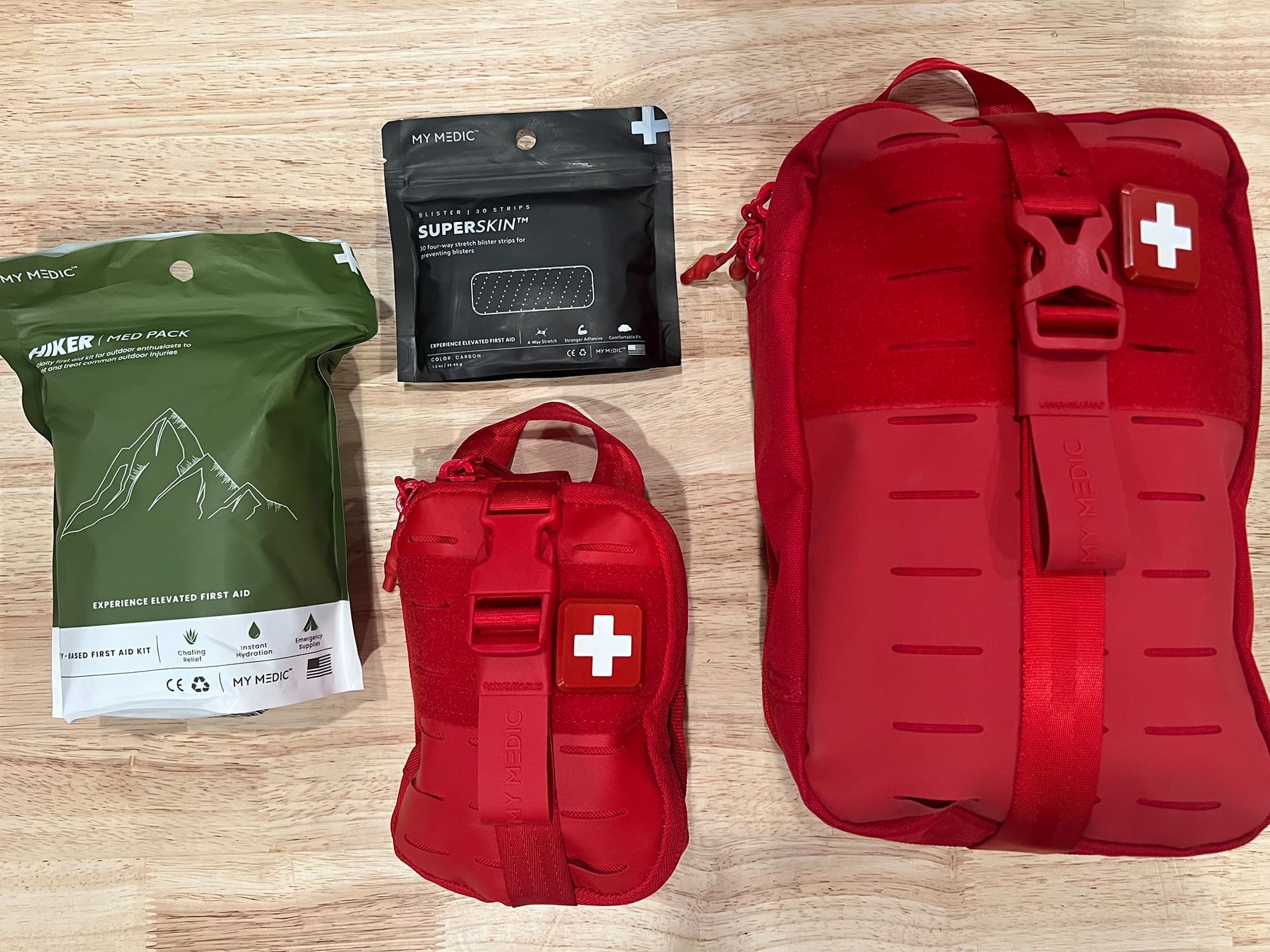
The My Medic solutions that I use:

My Medic Sidekick (Pro) - I keep one of these in my hunting pack at all times, and I keep one of these in both my car and my wife’s car.
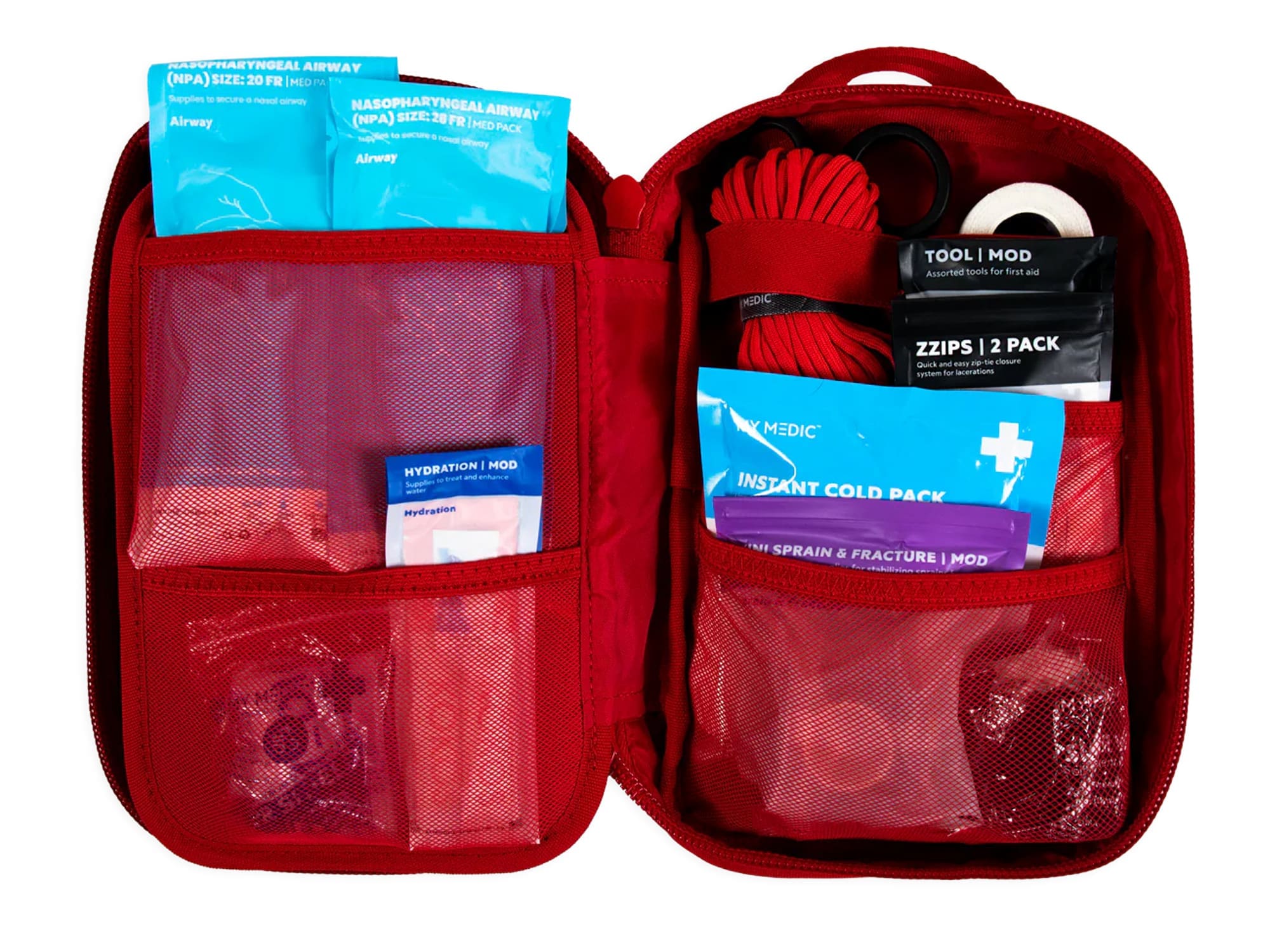
My Medic MYFAK (Pro) - This is what I keep at home for emergencies. I also use it as a hunting base camp med kit. The organization in this model is incredible and extremely useful.

My Medic Hiker Medic Kit - Useful to pick some blister and chafing items to add to different med kits. I also keep this as a backup in case someone I’m hunting with forgot to bring one.
You’re probably wondering what the heck this guy knows about med kits and my background in medicine. Well, besides playing video games like Call of Duty as a medic and reviving downed teammates (this is a joke), I’m just a normal guy who learned from doing my own extensive research. It also doesn’t hurt that my wife has been a rockstar level 1 trauma nurse for over a decade, and the invaluable things I’ve learned from her have definitely helped me make the right decisions.
Some important things to keep in mind:
• Some of the items inside have expiration dates (pain meds, ointments, hydration, etc), so make sure you are replenishing those items as needed. I like to keep a notepad with said items and their expiration dates for each med kit I have. My Medic also offers refills, which is a great feature.
• You need to learn what’s inside. Don’t just buy this and expect to know how and when to use it in the case of an emergency. Educate yourself on what items are included and how/when to use them effectively. There are so many great medic and first responder training resources available. My Medic has some educational courses available as well.
• Organization matters. In the case of an emergency, every second will matter, so get used to where items are and how to get to them quickly. You have to think that in the case of an emergency, your brain and adrenaline will be acting very much differently than they are while reading this, so practice finding items you would want or need and create some muscle memory ahead of time.
• Purchase a high-vis color. I like bright red as it’s a universal medical color. I’ve been to a lot of different parts of the world, and one thing that I have noticed is that hospitals and emergency help are almost always red. We know tans and browns are great, but you want to be able to identify this med kit quickly and you want it to stand out, especially if someone else needs to find it for you. It also helps stand out if you need to be found in an evacuation situation.
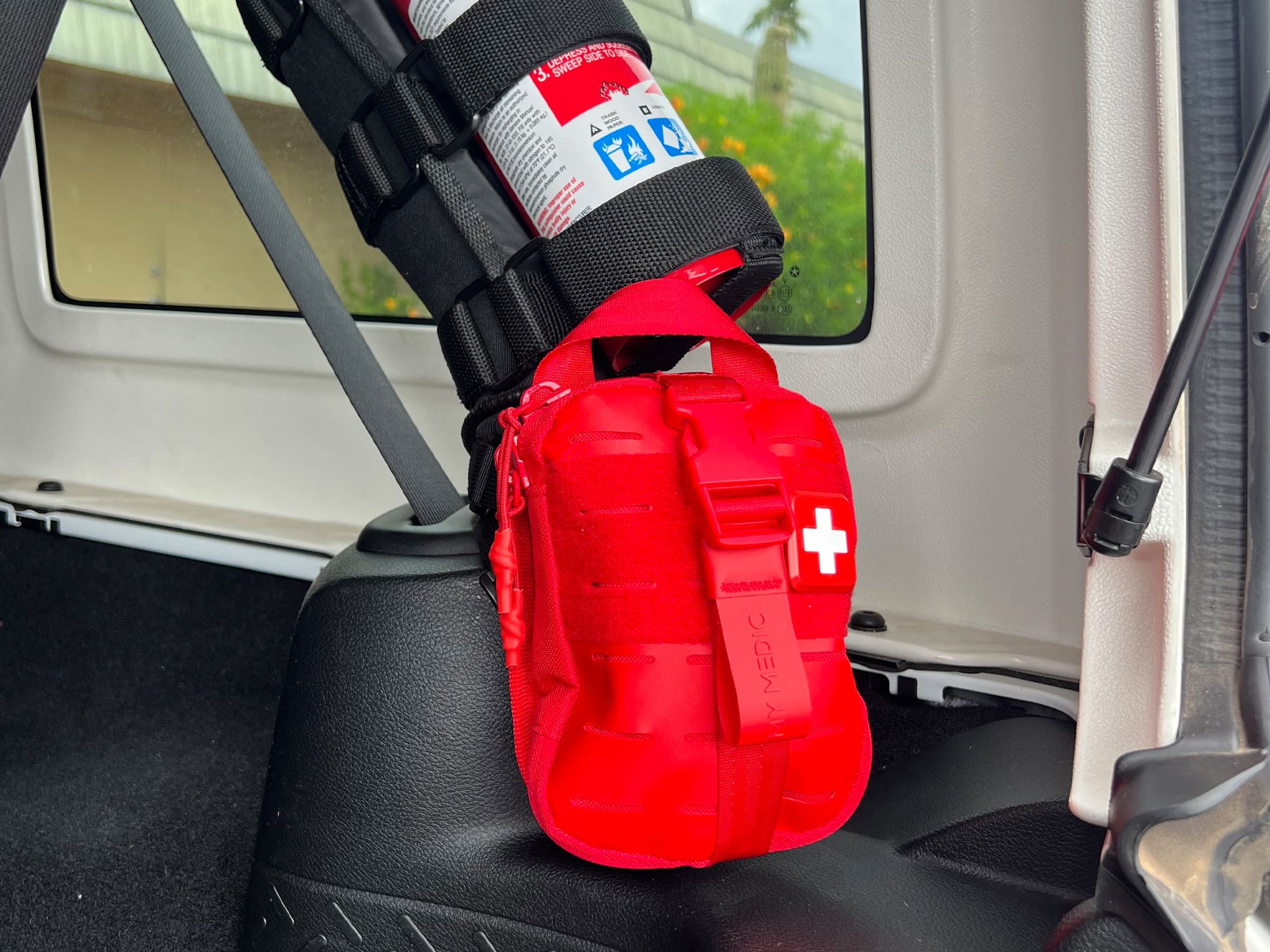
My additional upgrades:
• A better hydration formula - The items included in these kits can be very basic and I want the best blend of electrolytes and vitamins, so I add Wilderness Athlete Hydrate & Recover and Rescue Hydration packets to all of my med kits. I also add HERO pouches to my larger med kits.
• A better tourniquet - and don’t skimp on this - I use a CAT (combat application tourniquet) by North American Rescue, but there are several great options for a quality one. Remember what the purpose of a tourniquet is when purchasing one.

• HyFin Vent Chest Seal by North American Rescue - I purchased the 5-pack and keep one in all of my med kits.
• Montana Knife Company Mini-Speedgoat knife - At only 1 ounce, this is a dependable add-on that is well worth it.
• Medical shears - Nobody wants to try to make cuts with the safety scissors they gave you in Kindergarten. I use the Madison Supply Medical Scissors.
• QuikClot
• Zip ties
• Extra water filtration tablets
• LifeStraw
• Leukotape - Just trust me on this one. For more info on Leukotape, read this.
• Small packet of peanut butter - You never know when you need the extra protein, fat, and calories.

Now, I must admit it’s kind of odd reviewing products that I hope none of us ever actually have to use, but it’s important to stay prepared for less-than-ideal situations. I hope that you found my article useful in some way, even if it just sparked some interest for you to look into these products for yourself. If you find a better solution or have some tips of your own, please let us know because I’d love to hear them and possibly implement them into my system.
Stay safe out there,
Pedram


